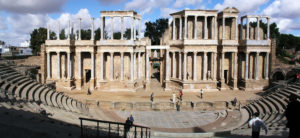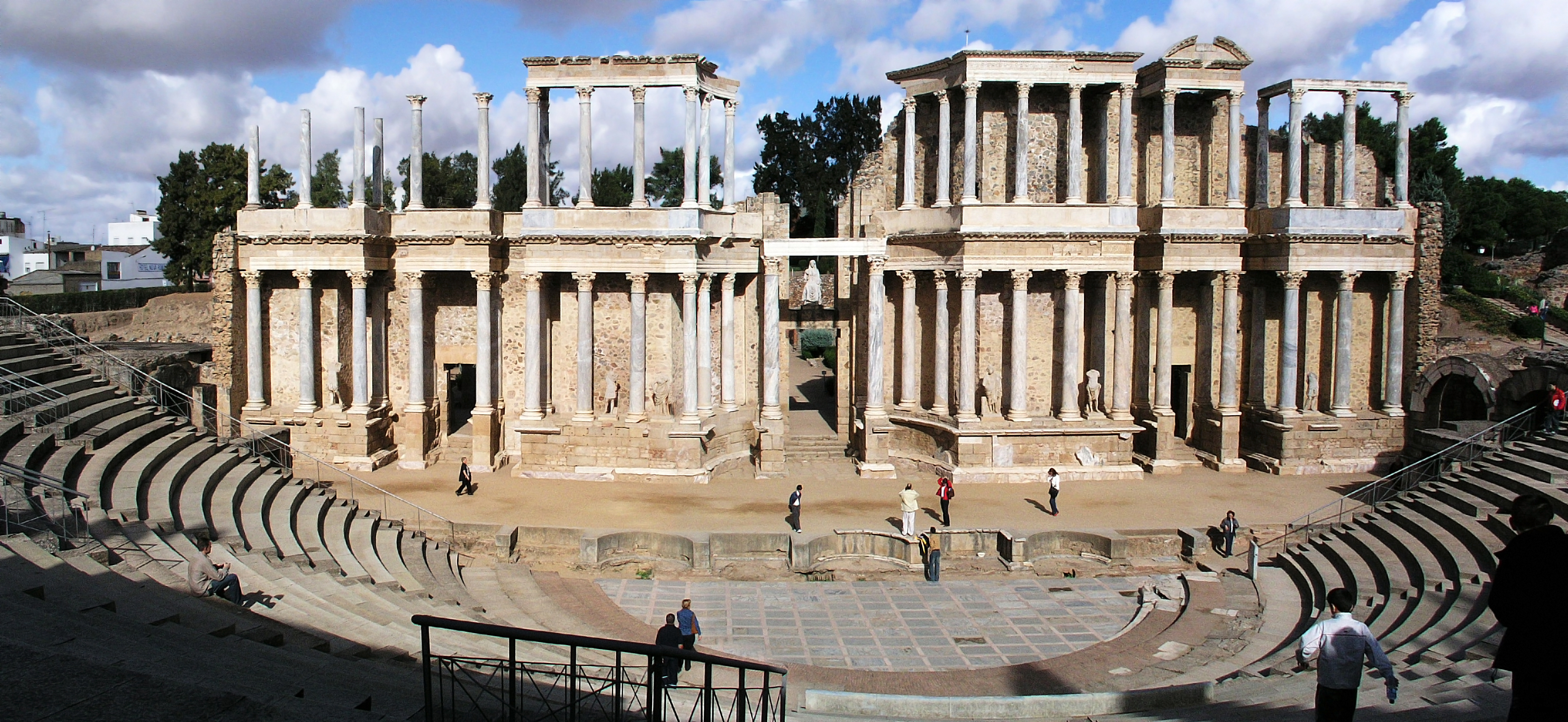La Historia de la Lengua Española – Natasha Scott
En este momento, hay 323 millones de hablantes de español y la lengua es la segunda más popular en el mundo. En los Estados Unidos, el español es el más extendido entre la gente.
El español es un miembro de la familia de las lenguas indoeuropeas, que se formó hace 5000 años. La gente indoeuropea emigraba entre Europa y Asia y por eso las formas de la lengua española empezaban a formarse. Para la península ibérica el grupo de gente dominante era los romanos y por eso, toda la gente nueva (Los Romanos) hablaba latín. Como resultado de la conquista romana, hay dos principales lenguas (latín y la lengua original de la gente española). Los romanos no forzaron a la gente oriunda de España a aprender latín, pero los españoles querían adoptar latín, porque hizo la vida más fácil para todos. De esta manera, las lenguas hispánicas de España se crearon.
Sin embargo, todo esto ha ocurrido en España, pero como la lengua se difundió quizás es un misterio para algunos. El explorador famoso, Cristóbal Colón en 1492 viajaba de España a América y luego enseñó a la gente cómo hablar español. Adicionalmente, los misioneros, por ejemplo la iglesia católica, viajaban a América. Muchos de los misioneros aun hablaban latín, pero para comunicar con la gente aprendieron y esto contribuía a la difusión de la lengua española.

History of the Spanish language
At this time there are 323 million speakers of the Spanish language and it is the second most popular language worldwide. In the United States, Spanish is the most widespread language amongst the people.
Spanish is a member of the Indo-European family of languages that was formed 5000 years ago. The Indo-European people emigrated between Asia and Europe and because of this the branches of the Spanish language began to form. For the country of Spain, the most dominant group of people was the Romans, so all of the new people (the Romans) spoke Latin. As a result of the Roman conquest, there were two main languages (Latin and the original language of the Spanish people). The Romans did not force the native people of Spain to learn Latin, but the Spanish wanted to adopt the Latin language as it made life easier for everyone. In this way, the Hispanic languages of Spanish were created.
However, all of this had occurred in Spain, but how the language spread maybe is a mystery for some. The famous explorer, Christopher Columbus, journeyed in 1492 from Spain to America, and then taught people how to speak Spanish. Additionally, the missionaries, for example, the Catholic Church, journeyed to America. Many of the missionaries still spoke Latin, but in order to communicate with the people, they learnt Spanish and this contributed to the spread of the Spanish language.















Post Comment
You must be logged in to post a comment.